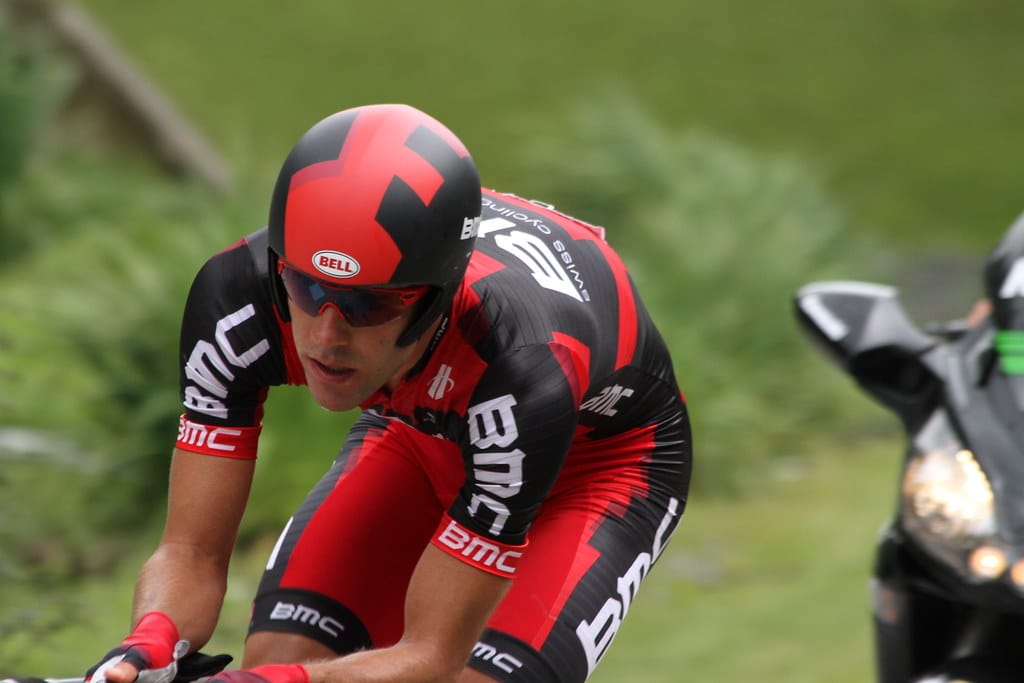Clean Cyclists Now Outperform Doped Champions of Tour de France's Past
The numbers don't lie: today's clean cyclists are faster than the drug-fueled champions who dominated professional cycling's darkest decades. Recent performance analysis reveals that modern riders, competing under stringent anti-doping protocols, are consistently posting times that would have beaten the EPO-era champions of the 1990s and early 2000s—a remarkable testament to legitimate athletic evolution.
The EPO Era: Speed Built on Deception
From the late 1980s through the mid-2000s, professional cycling was systematically corrupted by performance-enhancing drugs, particularly EPO (erythropoietin). This hormone dramatically increased red blood cell production, allowing riders to maintain higher power outputs for extended periods. The Lance Armstrong era epitomized this period, with seven consecutive Tour de France victories later stripped due to doping violations.
During this time, average climbing speeds on iconic Tour de France ascents like Alpe d'Huez regularly exceeded 1,800 meters per hour. Marco Pantani's 1997 record ascent reached an astounding 1,875 m/h—a time that seemed untouchable in the cleaner cycling era that followed.
The Biological Passport Revolution
The introduction of the Athlete Biological Passport in 2009 marked cycling's turning point. This system tracks individual biological markers over time, making it nearly impossible to mask systematic doping. Combined with more sophisticated testing methods and harsh penalties, the passport effectively ended cycling's doping arms race.
Initially, performances dropped noticeably. Climbing speeds fell by 8-12% compared to the EPO era, and many questioned whether cycling could ever recapture its former excitement. Critics argued that without pharmaceutical enhancement, the sport had lost its edge.
The Clean Speed Renaissance
However, a remarkable transformation has occurred over the past five years. Today's elite cyclists are not only matching but exceeding the performances of their doped predecessors through legitimate means.
Climbing Performance Breakthroughs
In 2021, Tadej Pogačar's Stage 18 victory to Luz Ardiden saw him climb at speeds rivaling those of the EPO era. Jonas Vingegaard's 2022 Hautacam performance exceeded Marco Pantani's 1994 time on the same climb. Most remarkably, these performances came under the most stringent anti-doping surveillance in cycling history.
Time Trial Excellence
The evolution is perhaps most dramatic in time trials. Modern aerodynamic technology, combined with advanced training methods, has produced performances that dwarf historical benchmarks. Filippo Ganna's recent time trial victories have averaged speeds that would have been unthinkable even during cycling's pharmaceutical peak.
The Science Behind Clean Speed
Several factors explain how clean cyclists have surpassed doped champions:
Training Revolution
Modern training utilizes precise power measurement, altitude simulation, and data-driven recovery protocols. Riders can now optimize every aspect of preparation with scientific precision that was unavailable to previous generations.
Nutritional Optimization
Sports nutrition has evolved dramatically. Today's cyclists benefit from customized fueling strategies, advanced hydration protocols, and legal performance supplements that maximize natural physiological capacity.
Equipment Evolution
Aerodynamic improvements alone account for significant performance gains. Modern carbon fiber bikes, refined positioning, and advanced materials reduce drag and improve power transfer efficiency by measurable percentages.
Talent Pool Expansion
Cycling has gone global, drawing athletic talent from previously untapped regions. The sport's talent pool has expanded exponentially, raising the baseline genetic potential of professional cyclists.
The Credibility Challenge
Despite these achievements, skepticism persists. Some observers find it difficult to believe that clean riders could surpass doped champions. This skepticism, while understandable given cycling's history, overlooks the cumulative impact of legitimate technological and scientific advances.
The UCI's commitment to transparency, including detailed power data release and comprehensive testing protocols, provides unprecedented insight into modern performances. These measures demonstrate that today's speeds result from legitimate progress, not pharmaceutical shortcuts.
A New Golden Age
Professional cycling has entered a new golden age—one built on authentic athletic achievement rather than systematic deception. Today's riders prove that human potential, when properly developed and supported, can exceed what was previously thought possible only through artificial enhancement.
The sport's credibility crisis has transformed into its greatest strength: an unwavering commitment to clean competition that paradoxically produces the fastest racing in cycling history. This evolution demonstrates that authentic athletic progress, driven by science and dedication rather than drugs, ultimately surpasses any artificial enhancement.
Modern cycling's clean champions haven't just restored the sport's integrity—they've redefined what's possible through legitimate means.
